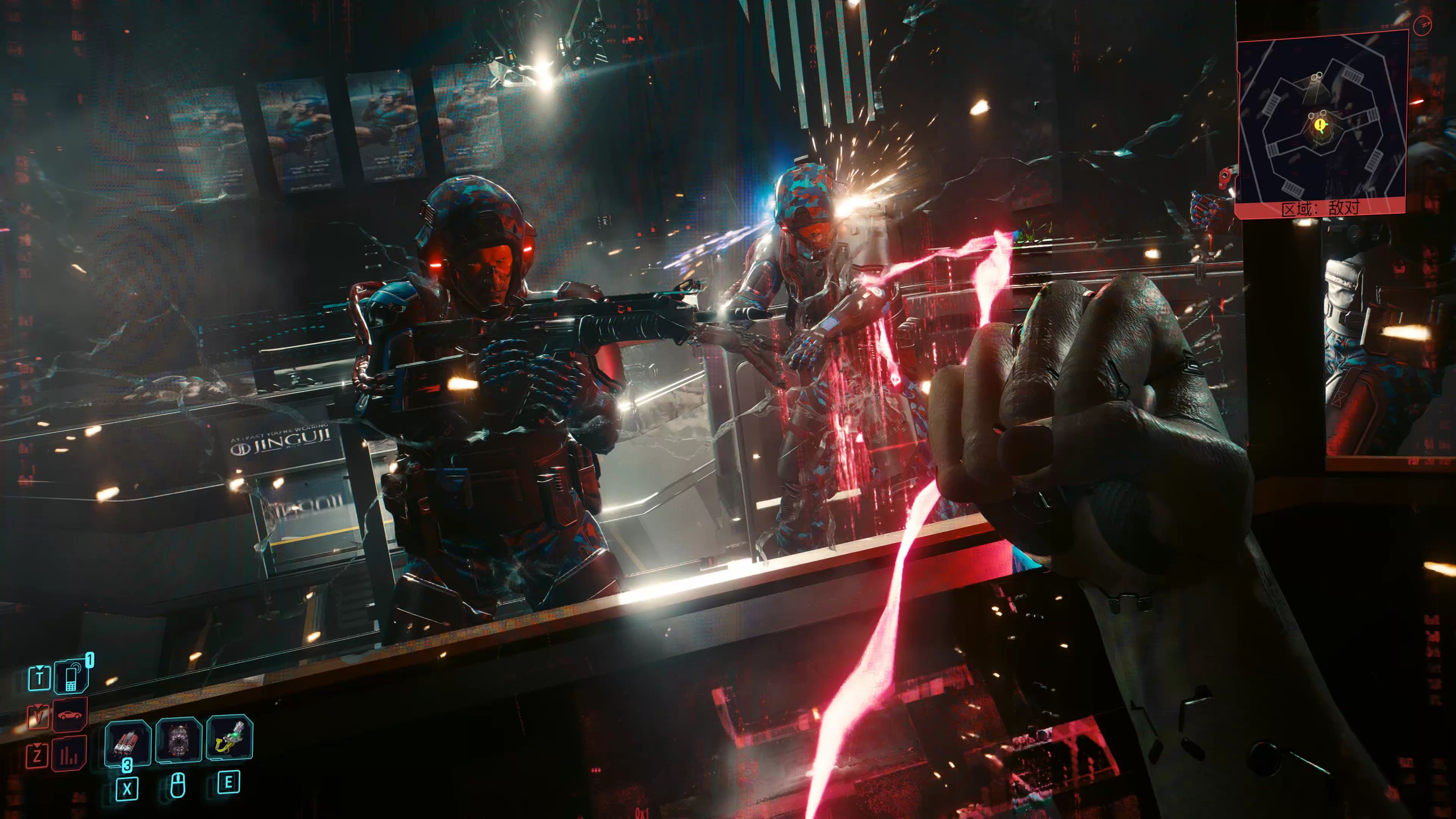Diablo IV Launch Score Analysis: Initial Reception and Post-Patch Changes
The highly anticipated release of Diablo IV on June 6, 2023, was a watershed moment for action RPGs and the gaming industry at large. As the latest installment in Blizzard Entertainment’s iconic franchise, the game carried immense expectations from a dedicated fanbase and critics alike. Its launch was met with a complex mixture of critical acclaim, player enthusiasm, and significant controversy—particularly following a series of post-launch patches that dramatically altered the gameplay experience. This analysis delves into the game’s initial review scores, the factors that shaped its early reception, and how subsequent updates have influenced its evolving reputation.
Initial Critical Reception: A Triumph of Atmosphere and Gameplay
Upon release, Diablo IV was met with widespread critical praise. Major review aggregates like Metacritic and OpenCritic showed scores hovering around 87-90 for the PC and console versions, placing it firmly in the “Must-Play” category. Reviewers universally lauded the game’s dark, gritty return to form, hearkening back to the gothic horror of Diablo II after the more divisive, brightly lit Diablo III.

The core pillars of this positive reception were:
- World-Building and Narrative: The campaign was hailed as one of the franchise’s best, featuring a compelling, emotionally resonant story centered on the resurrection of the prime evil Lilith. The world of Sanctuary was praised for its immersive, open-world design, rich environmental storytelling, and a palpable sense of dread.
- Art Direction and Sound Design: The visuals received near-universal acclaim for their detailed, gruesome, and atmospheric quality. The sound design and score, composed by a team including series veteran Matt Uelmen, were considered masterclasses in building tension and mood.
- Core Combat and Gameplay Loop: The moment-to-moment combat was described as visceral, satisfying, and deeply engaging. The new skill system offered more flexibility and depth than its predecessor, and the shift to a massive open world filled with dynamic events and strongholds was largely seen as a successful evolution for the series.
However, even within this wave of positivity, critics noted several significant flaws. The always-online requirement and server instability at launch frustrated many players. The endgame, while present, was criticized for feeling somewhat repetitive and lacking in variety compared to competitors like Path of Exile. Furthermore, many players felt the game’s economy and itemization, particularly the drop rates for ultra-rare Unique items, were overly punishing.
The Player Response: A Divided Community
While critics were largely united, the player base’s reaction was more fractured. The game enjoyed monumental commercial success, becoming Blizzard’s fastest-selling game of all time. Player sentiment on platforms like Reddit, Twitter, and Discord during the first week was overwhelmingly positive, focused on the thrilling campaign and the joy of exploring Sanctuary.
Yet, beneath the surface, concerns were brewing. Hardcore ARPG players, who form the backbone of the community that sustains these games for years, began to voice criticisms that aligned with the critics’ reservations but with greater intensity. The primary grievances were:
- Lack of Endgame Diversity: After completing the campaign, the primary activities—Nightmare Dungeons, Helltides, and World Bosses—started to feel grindy and unrewarding for many.
- Class Balance Issues: Certain classes, like the Sorcerer and Barbarian, were perceived as significantly underpowered in high-level play compared to the dominant Necromancer and Rogue, leading to a lack of viable build diversity.
- Itemization and Progression: The path to character power felt slow and often frustrating. Players reported that upgrades were too infrequent and that the affixes on loot were often irrelevant, clogging inventory space without providing meaningful progression.
The Patching Pivot: Controversy and Course Correction
The true turning point in Diablo IV’s post-launch narrative arrived with Patch 1.1.0, released on July 18, 2023. Rather than addressing player concerns, the patch implemented a sweeping series of nerfs that affected nearly every aspect of the game. Experience gains were reduced, the power of popular damage modifiers like Vulnerable and Critical Strike Damage was diminished, and player survivability across all classes was significantly lowered. Crucially, these changes were made without commensurate buffs to underperforming skills or playstyles.
The community backlash was immediate and severe. The game’s subreddit and official forums were flooded with negative posts, memes, and calls for a revert. The patch was perceived as punitive, slowing down progression and making the already challenging endgame feel like a tedious slog. The sentiment was so negative that Blizzard scheduled an emergency "Campfire Chat" stream within days to address the fallout.
This rapid response marked the beginning of a new phase. The developers acknowledged the misstep and outlined a plan to be more transparent and player-focused in their future designs. Subsequent patches, notably Patch 1.1.1 and the content leading into Season of Blood (Season 2), demonstrated a clear shift in philosophy.
These updates included:
- Major Class Buffs: Significant improvements to underpowered classes, particularly the Sorcerer and Barbarian, increasing their power and survivability.
- Quality-of-Life Improvements: Reduced time spent in town through inventory and gem changes, increased mob density in Nightmare Dungeons, and a more streamlined endgame progression system.
- Targeted Endgame Additions: The introduction of new endgame bosses with specific loot tables, giving players a clear and targeted path to farming the powerful Unique items they desired.
Analysis: The Evolving Metascore and Lasting Impact
The initial Metascore, based on pre-endgame reviews, remains static. However, the "Userscore" on platforms like Metacritic tells a more dynamic story. It initially plummeted following Patch 1.1.0 into "Mixed" or "Mostly Negative" territory, reflecting player outrage. Following the corrective patches and the well-received Season 2 content, this score has gradually begun to recover.
The journey of Diablo IV’s launch scores highlights a modern reality of live-service gaming: a game’s launch is not a finite event but a starting point. The initial critical scores captured a phenomenal core experience—a stellar campaign and world. However, the player scores reflected the evolving health of the game as a service, which stumbled badly before finding its footing.
Blizzard’s experience with Diablo IV serves as a case study in community management. The Patch 1.1.0 debacle showed that even the most successful launches can be jeopardized by decisions that feel out of touch with the player base. Conversely, their ability to listen, communicate openly, and implement meaningful changes has been crucial in rebuilding trust and steering the game toward a more promising future. The true final score for Diablo IV is still being written, not by critics, but by its players season after season.
















